Three Winning A101 Block City Entries by de Architekten Cie/SVESMI
By Bustler Editors|
Tuesday, Jan 4, 2011
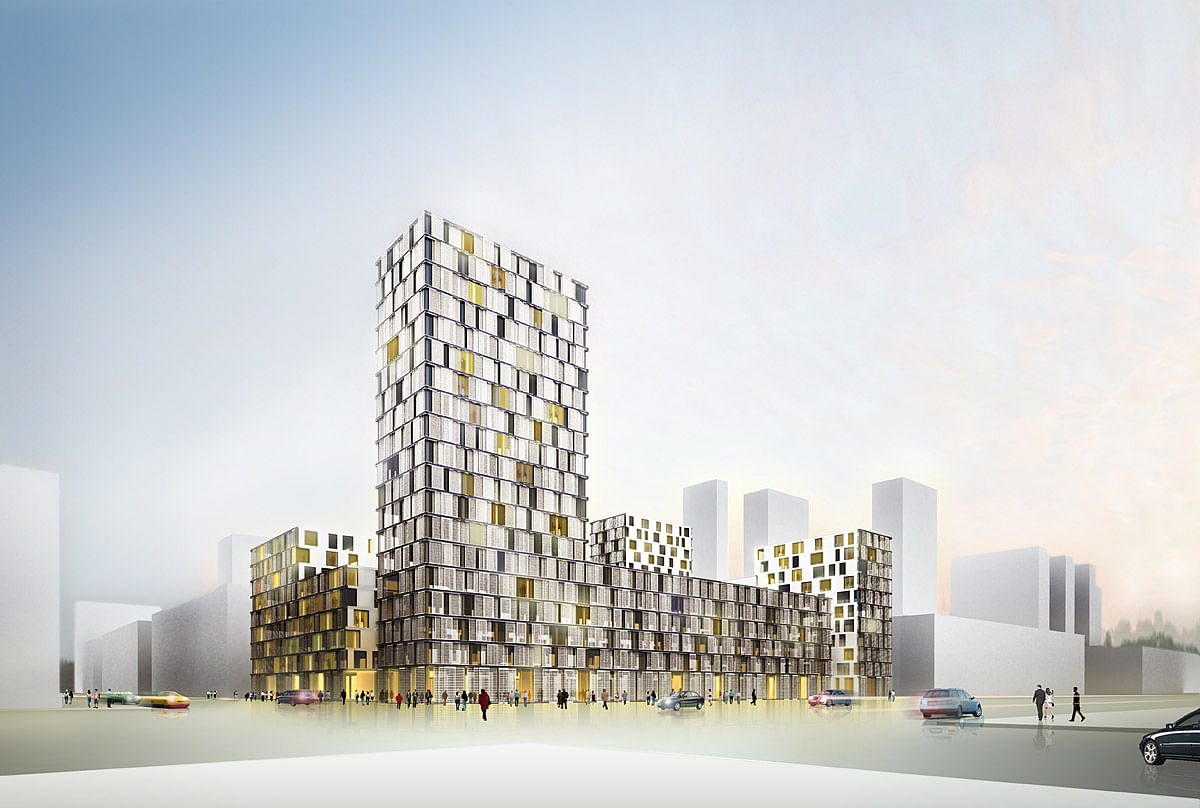
Related
The joint venture of Amsterdam-based de Architekten Cie. (Frits van Dongen, Patrick Koschuch and Jason Lee) and Rotterdam practice SVESMI (Alexander Sverdlov), are multiple winners of the open international competition A101 in Moscow, Russia. A101 Block City is the first phase of a huge 13,000 ha area south of Moscow that is developed by the Masshtab company. Author of the urban planning concept for the whole A101 project is a team led by Maxwan architects from Rotterdam.
The Block City area of 157 ha and 12 million sqm. of housing is the first part of the A101 project be realized. For the design of this area two competitions have been organized: a closed competition for the design of a master plan and an open competition for the design of an urban block. The basis for the master plan design is the Block City concept. It envisions the introduction of standard sizes for urban blocks. This enables a simultaneous development of the project on the level of architecture and urban design. Moreover, since blocks are interchangeable it offers flexibility in the typology and the phasing of the project at each stage of its realization.
The block size was defined as 75 x 125 m. Participants had the choice of two densities: 14,000 or 28,000 sqm of housing with 80/160 parking places to be realized within the block. The competition organizers received 210 projects: around 75 from Russia, the rest from some 30 other countries. An international jury, which includes Hans Stimmann and Dick van Gameren, awarded prizes in both low and high density. De Architekten Cie/SVESMI won both categories along with an additional honorable mention.
Tower Block, Winner High Density
This reinterpretation of the classical European block is architectonically based on arranging four tower-socle buildings into a composition, which encloses an inner courtyard. This configuration maintains the perimeter height of the block at 6 storeys (21.5m) which, when repeated over multiple blocks, creates a human scaled urban plan and an ideal street profile in terms of solar access and quality.
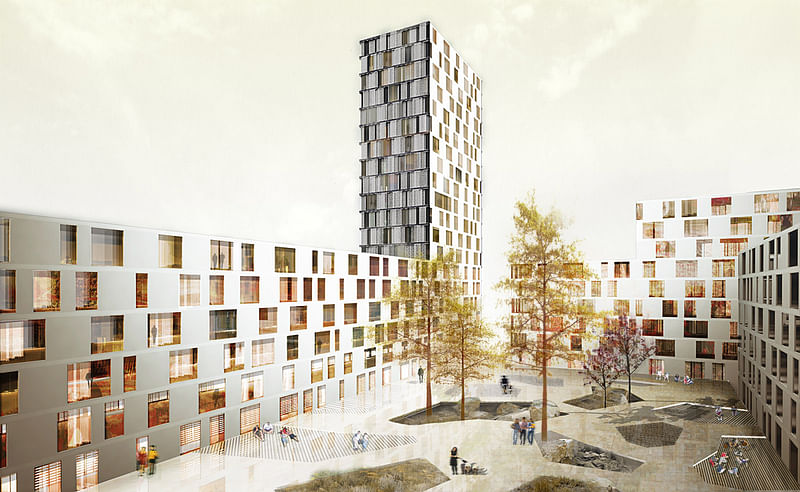
The height of the towers is variable depending on density requirements and solar access (obviously the higher towers should be positioned to the north). Furthermore, the mass of the block is mitigated through gaps in the perimeter where one tower-socle meets another. These gaps not only allow light to penetrate but also provide small view corridors into and out of the block.
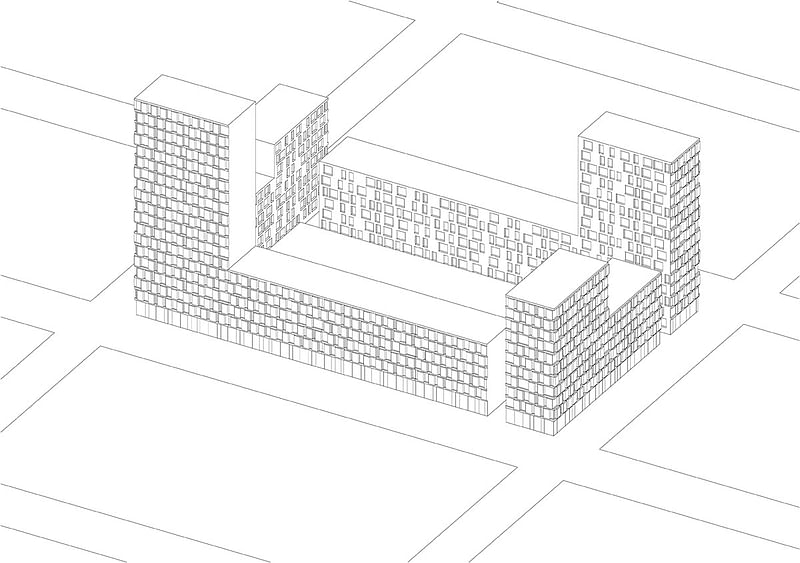
Six of a Kind, Winner Low Density
In contrast to the decidedly urban quality of a massive urban block, this proposal attempts to subdivide the block into smaller scaled objects.
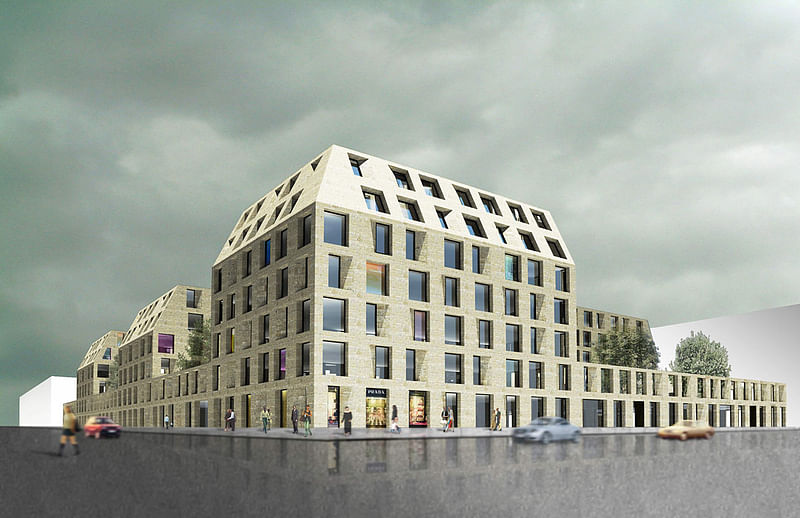
This scale reduction is useful in periphery urban conditions where the standard block typology begins to transform into lower density types of urbanism/ suburbanism (such as individual villas).
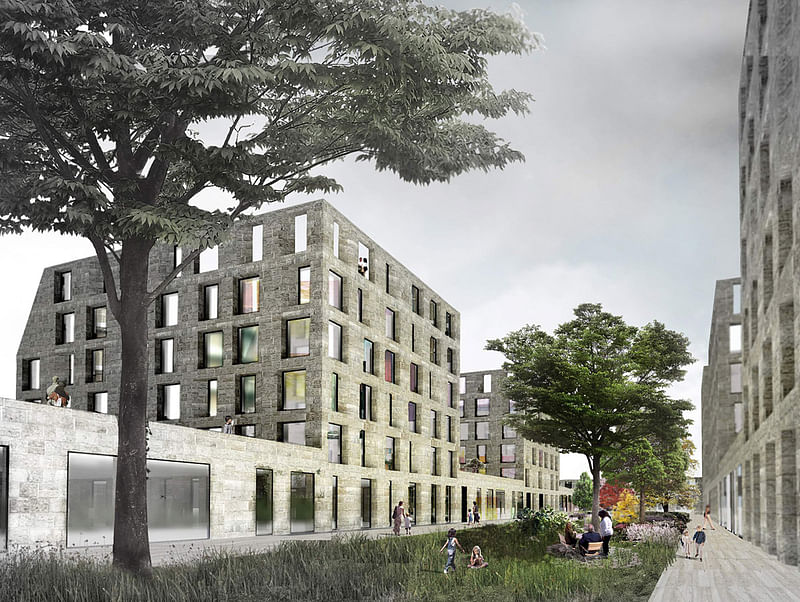
The scheme continues to demarcate the spatial figure of the block to the surroundings, however from the interior the block is in fact 6 small blocks organized on the plot to provide maximum solar access, views, and private parking.
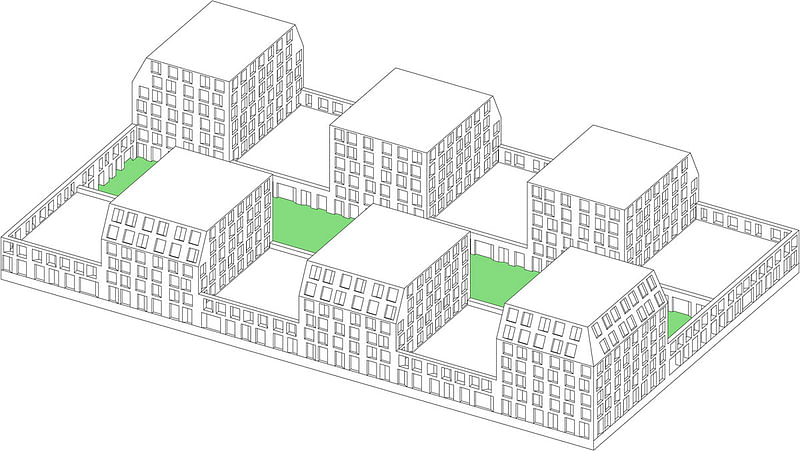
Eurika, Honorable Mention
On the one hand, EURIKA maintains the spacious parameters of a classical block and secures the private exclusive character of its inner communal courtyard. The proposed composition is easily recognized as an urban unit: it gives a sense of particular address in the city and makes clear distinction between the private and public/street space.

On the other hand, it plays out the familiar scale of the five-storey building and the qualities of the standard Soviet layout. With traditional proportions improved, building materials brought to another level, and apartments planned to suit contemporary lifestyles, EURIKA still acknowledges its distant kinship with the microrayon and on the scale of the individual building - with ‘khrushchevka’.
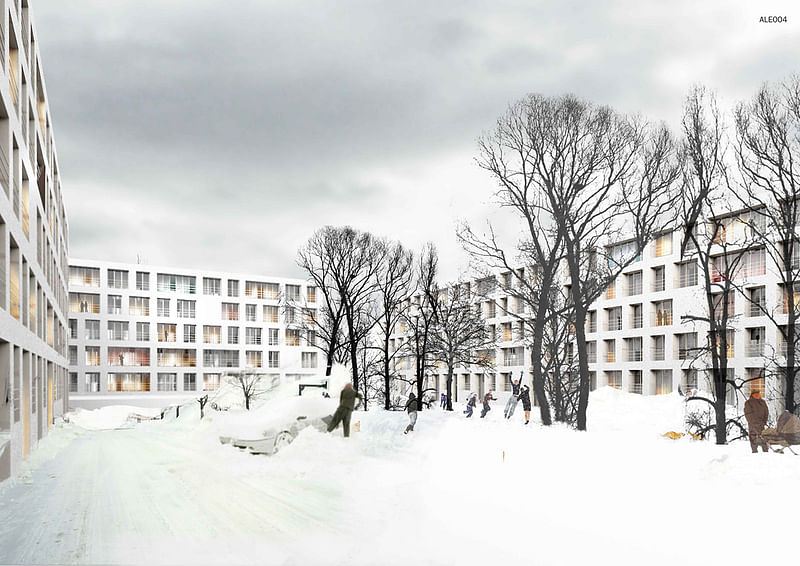
It is an ideal living environment for those who grew up in the Soviet city but work and travel today all over the world. This project attempts to extract and casually put together the better qualities of both prototypical situations: Europe+Russia = Eurika

De Architekten Cie and SVESMI combines the extensive experience in housing design in the Netherlands with knowledge of the Russian urban context and the Russian construction situation.
For this competition the team has submitted several proposals all of which elaborated on how the time-tested European typology of an urban block can be developed for and adjusted to the very different and specific reality of Russian contemporary city.
All projects were based on strong conviction that planning of affordable housing of today should focus more than ever on rationality and sustainability of design. In a critical economic situation, when any given housing project becomes a battlefield for every euro, dollar or rouble, the argument built around technical rationality and affordability stands a better chance. Moreover, operating within the narrow margins of rational solutions, architect/planner gain possibilities to enhance the qualities of design itself: to use better materials, plan more sophisticated details and installations.
Find floor plans and sections of the three entries in the image gallery below:
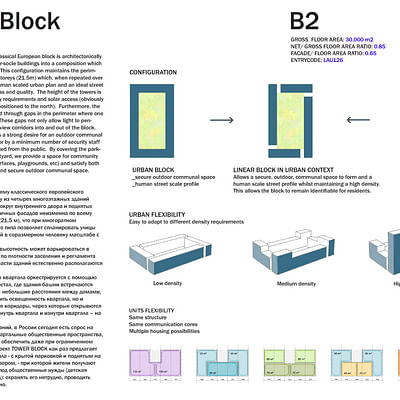

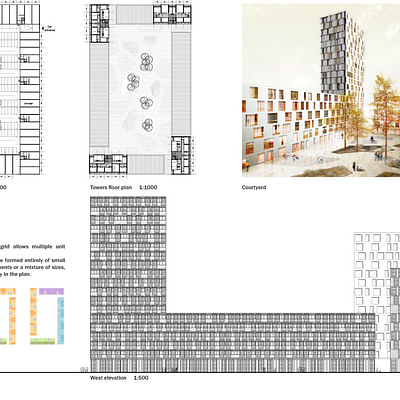
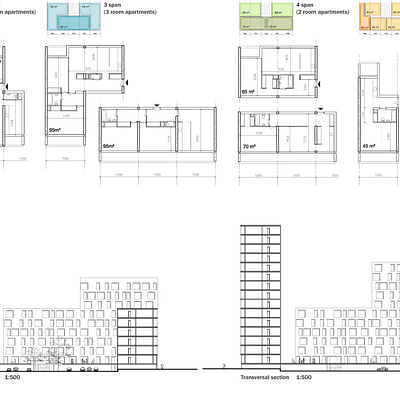
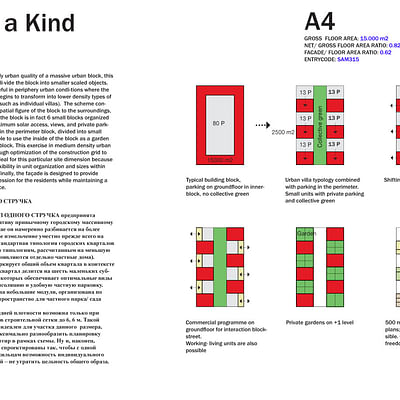

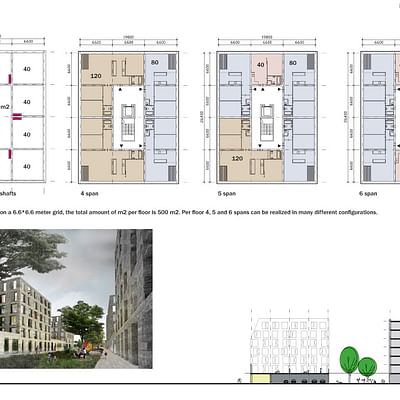

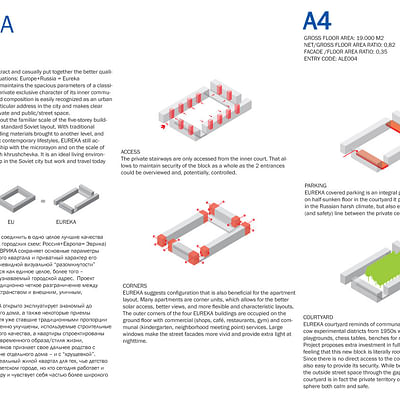

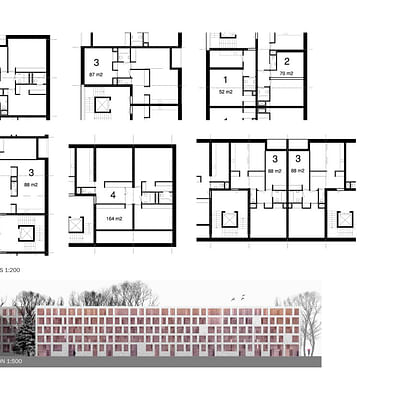
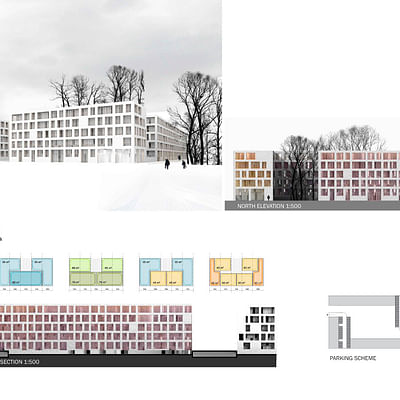

Share
0 Comments
Comment as :